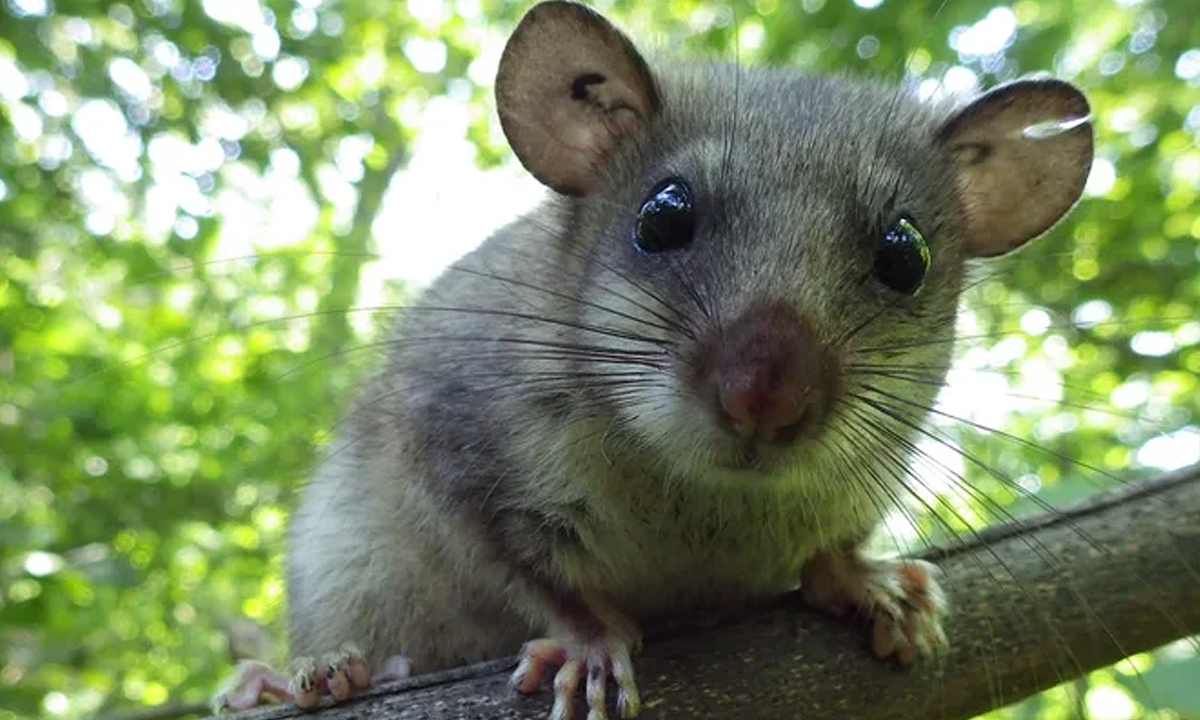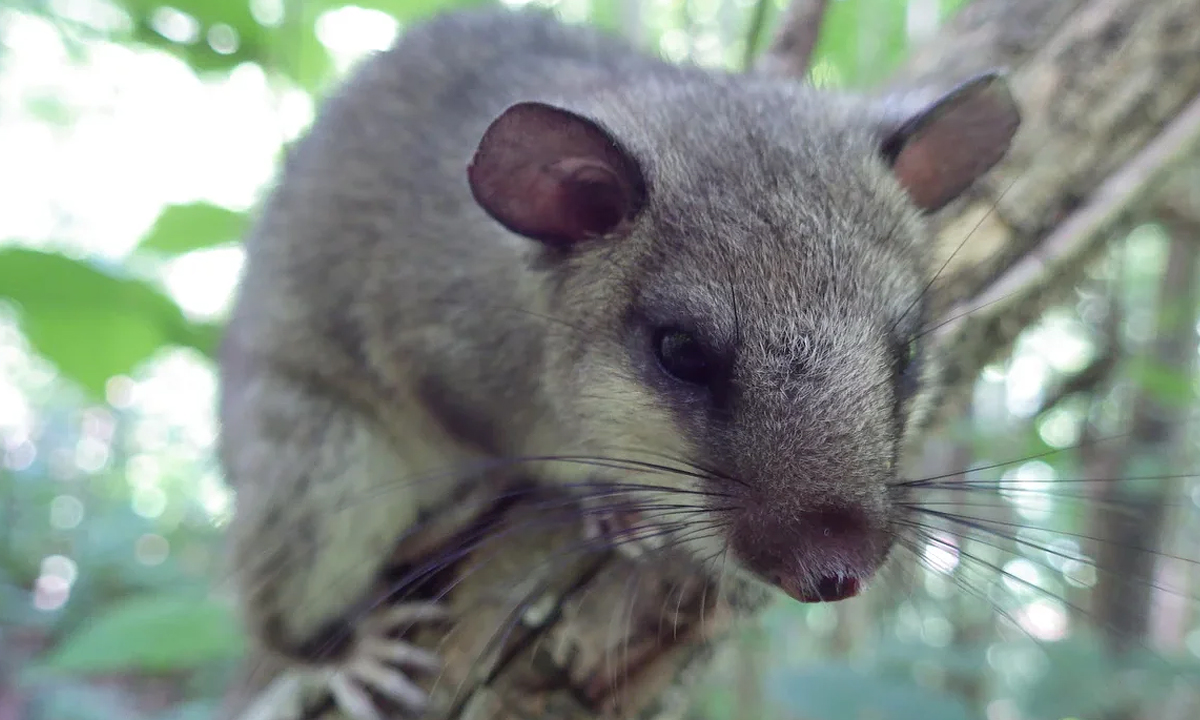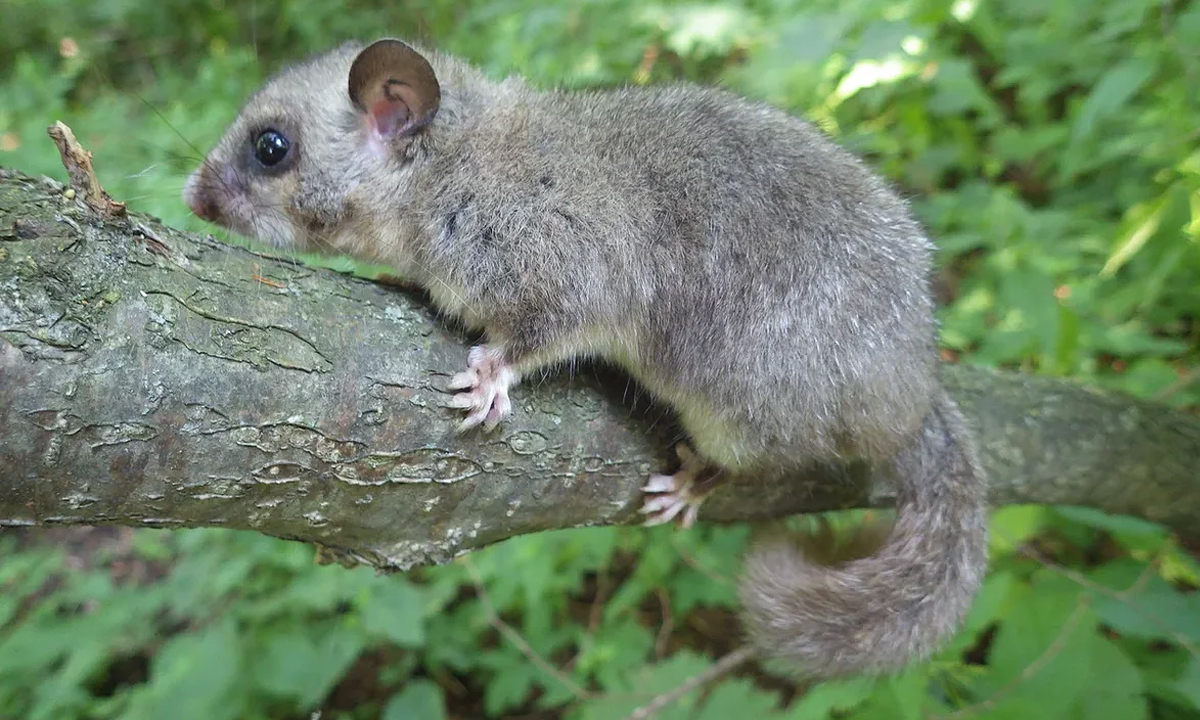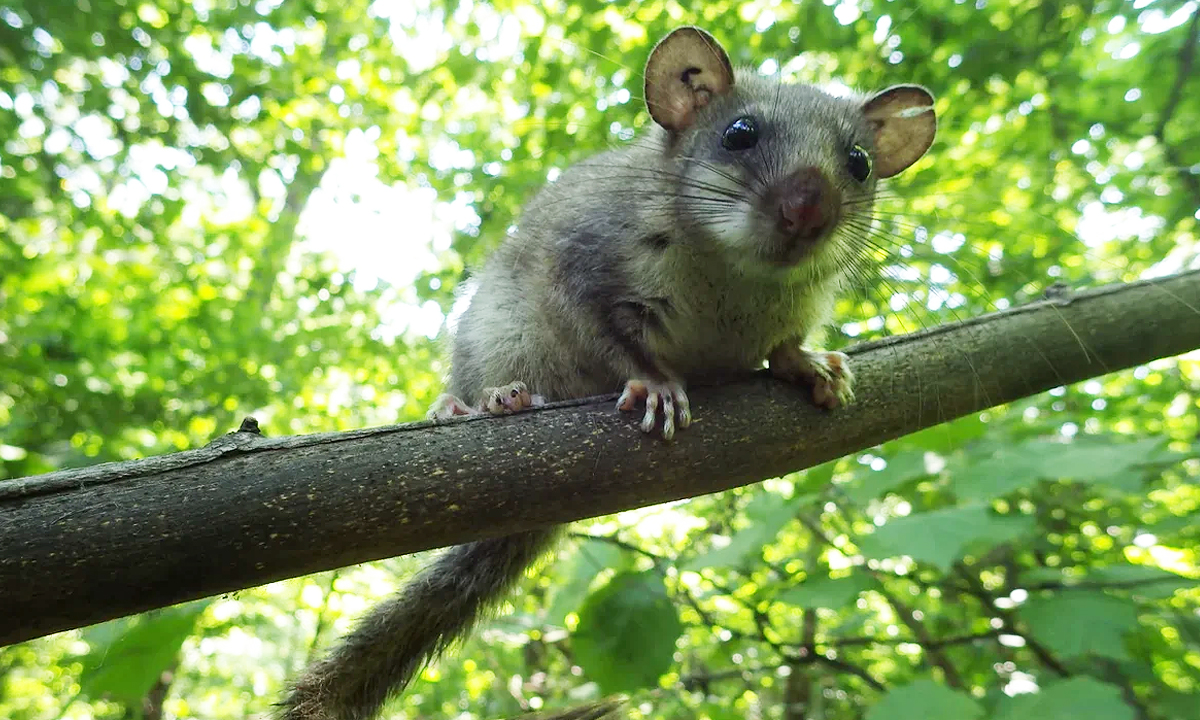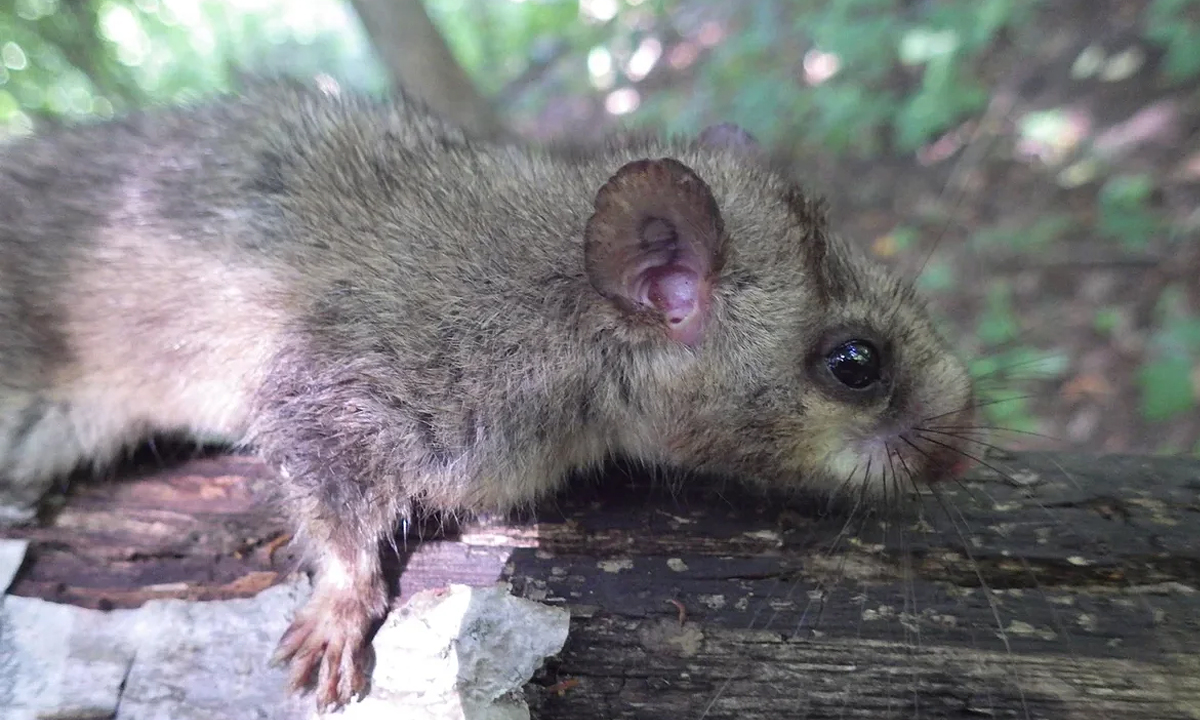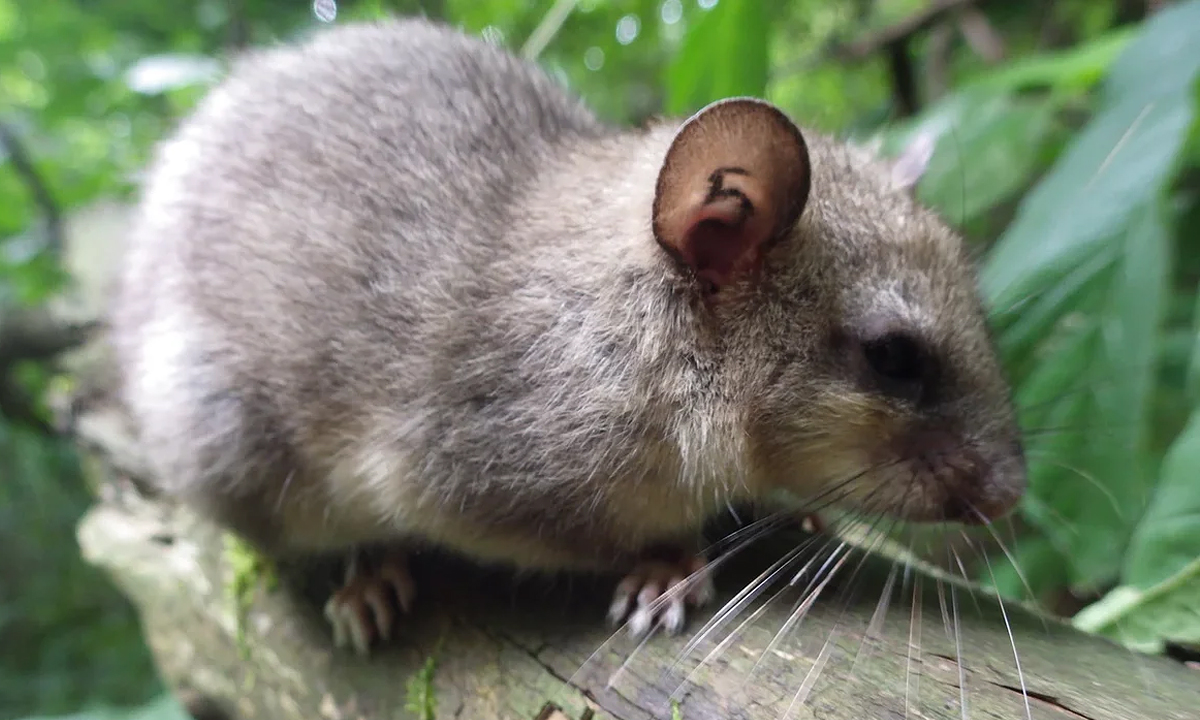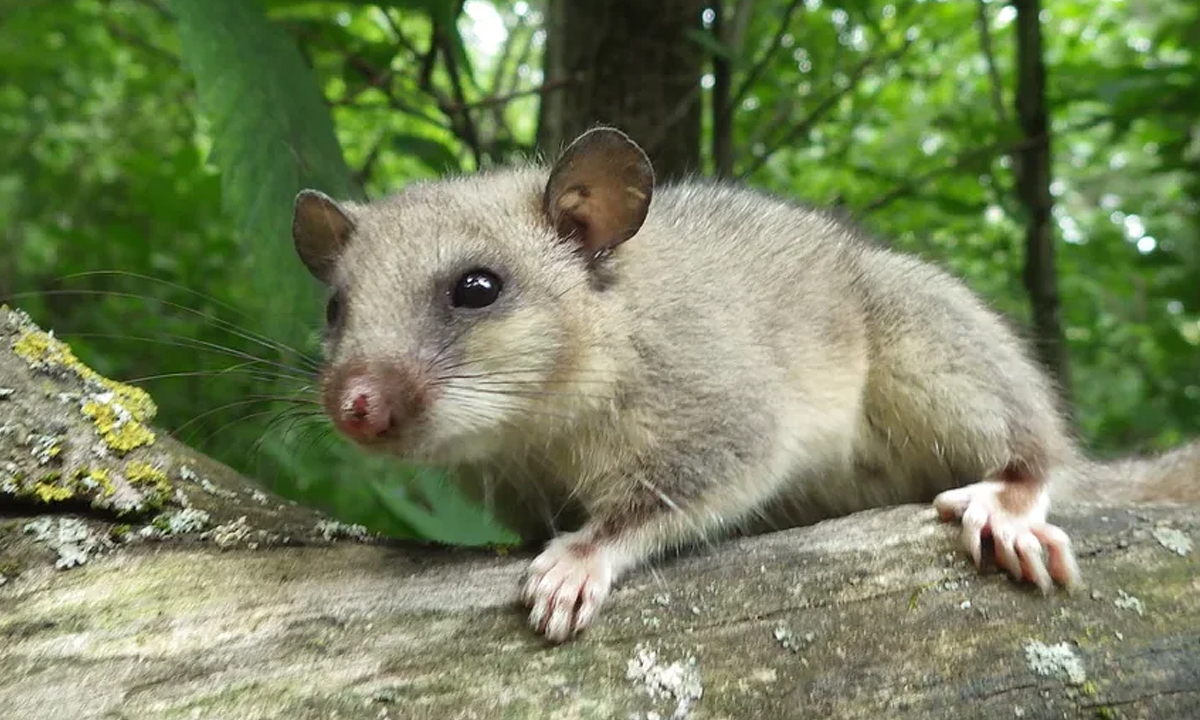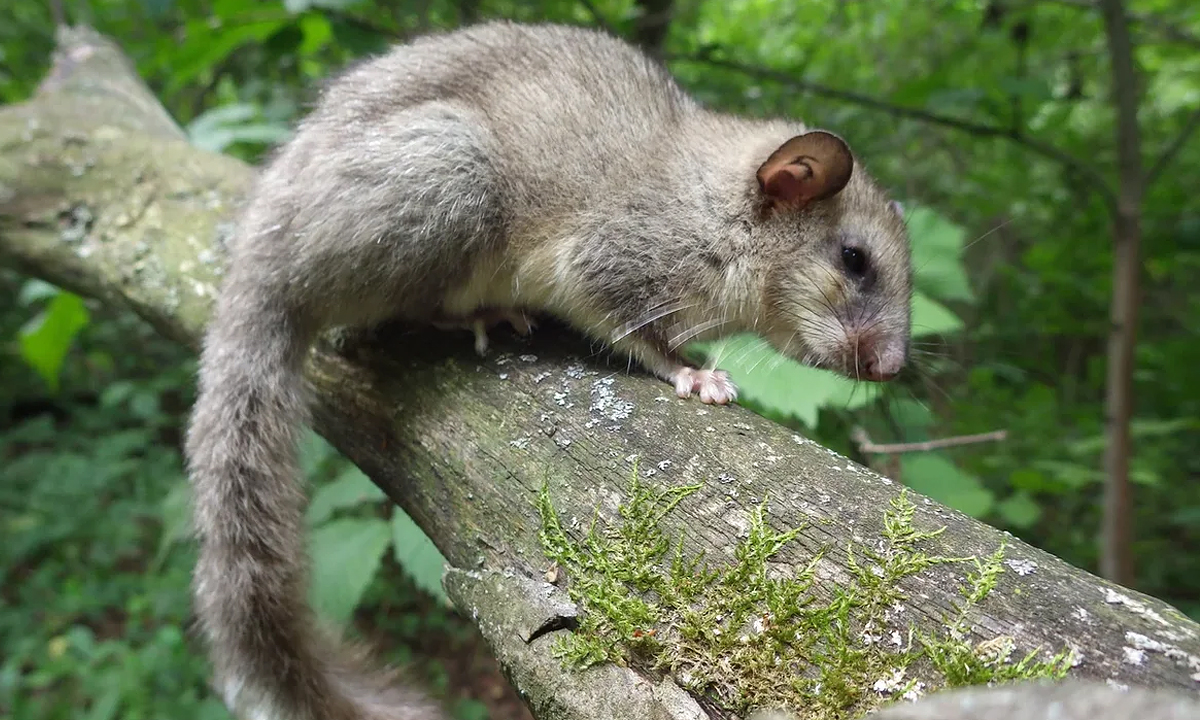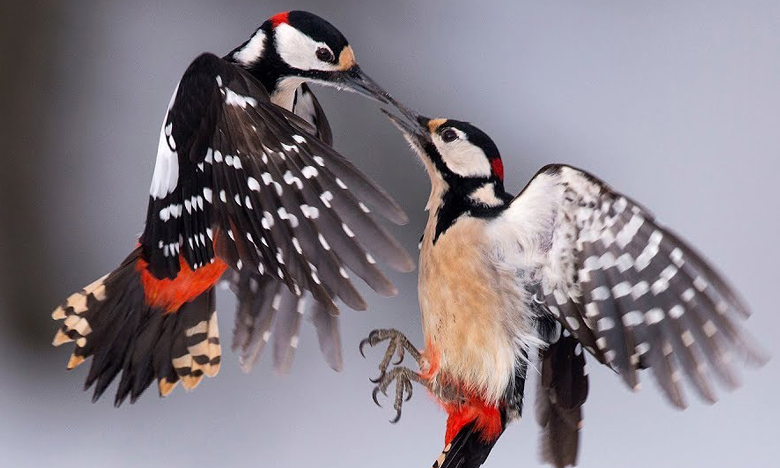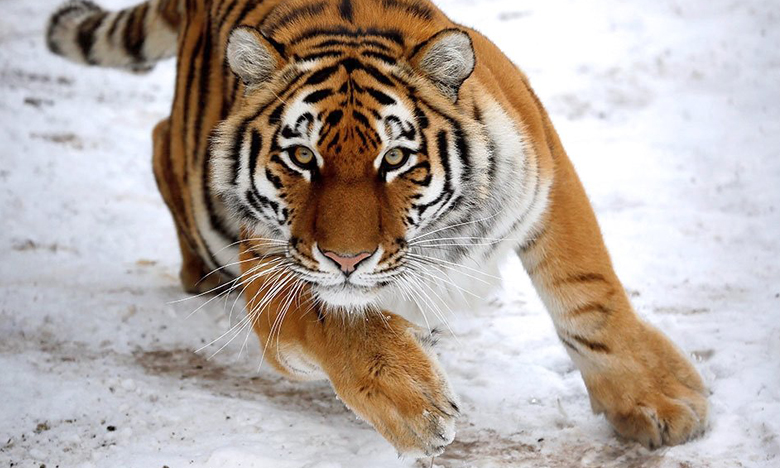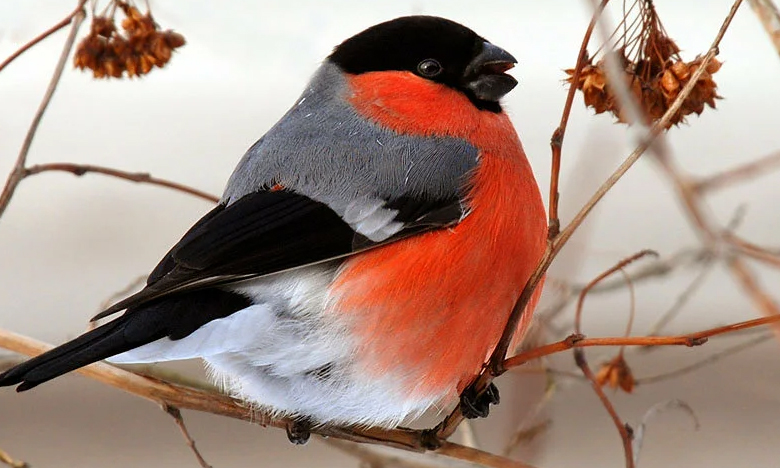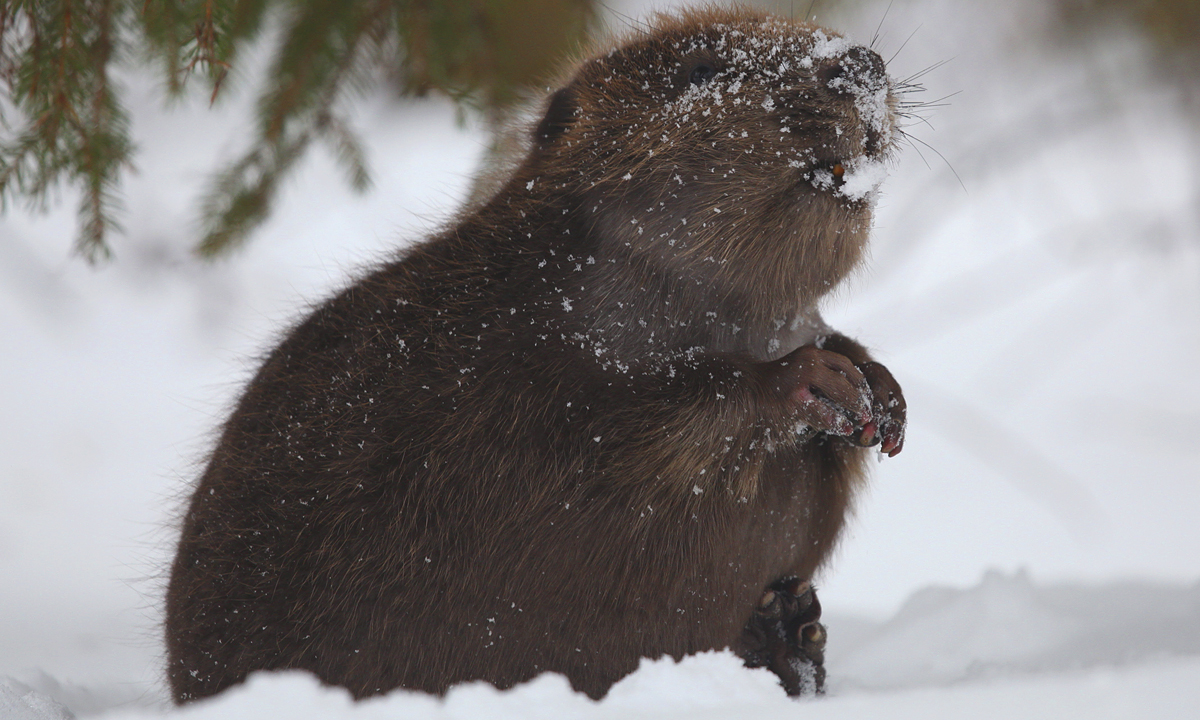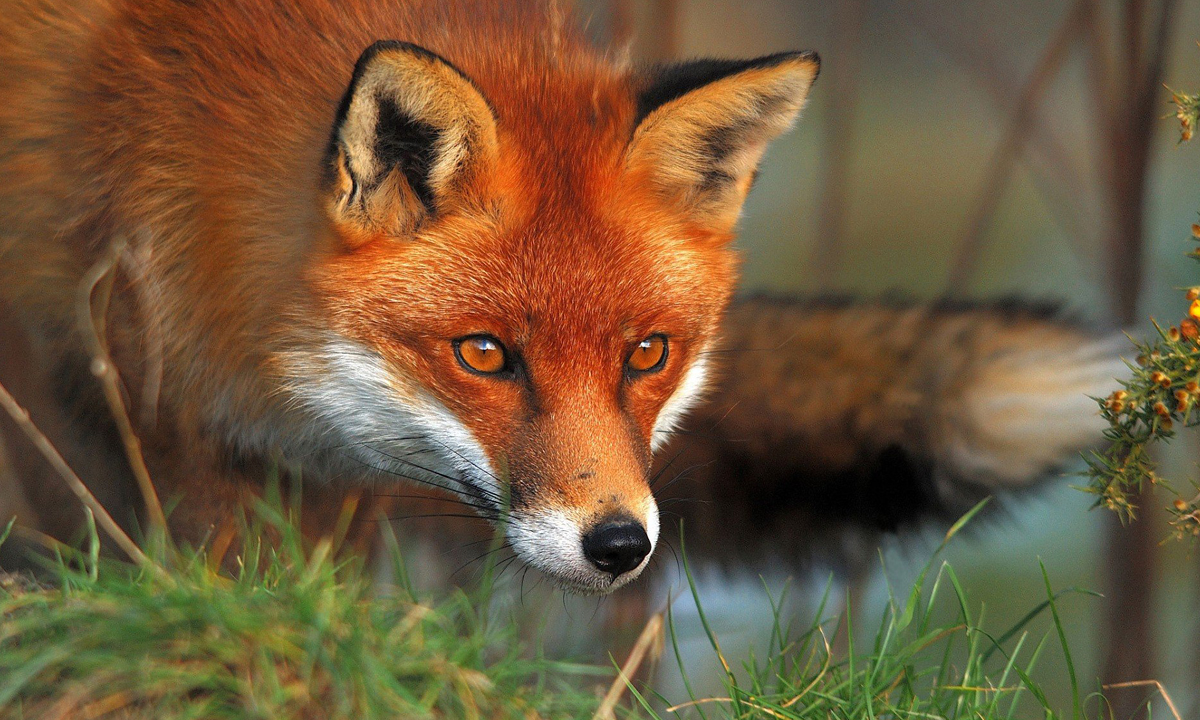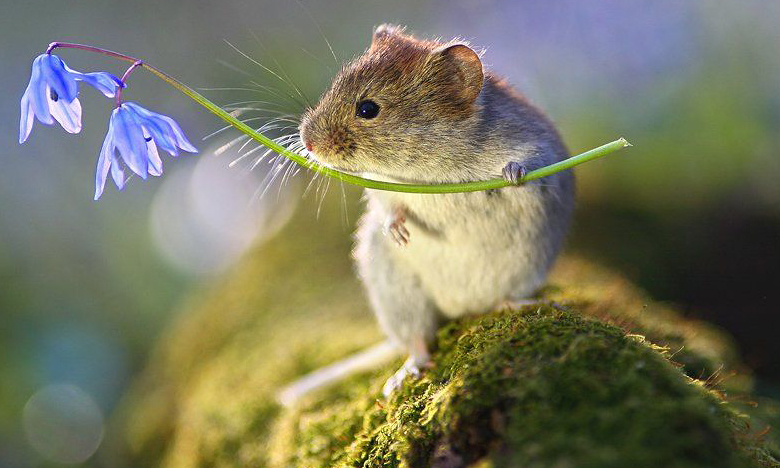How long does dormouse sleep?
Several years ago, the name Sonya, which in Russian means «dormouse»was very popular among the parents of newly born girls. Usually, parents did not suspect that the dormouse is a very secretive charming animal, which can be found very close to us.
All dormice species are included in the IUCN Red List. In several European countries, dormouse has become the object of strong attention of environmental organizations. For them, "green bridges" are being built across highways to prevent population isolation. Researchers and volunteers have created thousands of artificial nests for dormice. Radio telemetry surveys of the species are becoming more and more popular. An international conference on dormice is has been organized every three years. In Russia, unfortunately, the modern distribution and number of dormice remain outside the field of view of researchers.
... All this is known from books and scientific articles. Seventeen years of research of the largest of our dormice - the edible dormouse - in the Zhiguli Reserve (the Middle Volga Region) revealed such interesting facts that when analyzing the results, the fairy tale with a dormouse as a hero "Alice in Wonderland" is remembered.
Let's start with body size. In the ZhiguliMts, the body mass of animals does not exceed 120 g, while in Central Europe it can reach more than 300 g when juveniles look like our three-year-olds. It is not surprising that for a long time the edible dormouse was an object of hunting there. In Slovenia, the traditional hunt for the dormouse is still preserved.
Life expectancy is also strikingly different. In the Zhiguli, four-year-old dormice are occasionally found, while in European countries the rodents can easily live up to 9 years and sometimes longer.
Hibernation of the dormouse in the Zhiguli lasts for more than 9 months - this is a record among mammals in Russia and many other countries.
At the same time, the studies of Belgian geneticists, including samples from the Zhiguli, revealed that all dormice, except for those living on the Italian Peninsula, belong to the same genetic line.
But the most interesting facts became known about the reproduction of the dormice. Even though the rodents were captured annually throughout the active season, the juveniles were captured once every two to three years. The autopsy of the animals included in the IUCN Red List was out of the question. When using a non-invasive "human" technique, it became known that resorption occurs in dormouse - resorption of embryos in the womb. On such a scale and with such regularity, this phenomenon has not previously been observed. In other species, individual embryos may disappear as a result of stress and, very rarely, all offspring under extreme conditions. To reveal the reasons for this seemingly irrational phenomenon, it was necessary to analyze hundreds of excrement samples to prove convincingly that the reason lies in the nutrition of the animals. Resorption occurs when there is a lack of nutrition of green acorns - the basis of nutrition for females and offspring. So far, mass resorption has been confirmed in our country for the first time.
During the research, eight litters of the dormouse have grown in the laboratory. All of them were released at the end of lactation in the habitats of females. Two yearlings were even recaptured in subsequent years. It was possible to register phenomena, rare for rodents, during ontogenesis of the dormouse. Littlings, not yet able to walk confidently, communicate with their mother and with each other using ultrasound. Females feed 15-day-old and older children with chewed food from mouth to mouth, like wolves. The juveniles at this time touchingly hold on to the mother's face with two paws. It turns out that the small dormice combine three feeding methods for 7-10 days: when they already eat nuts on their own, the mother continues to feed them with the chewed food, and after that, they also wash down the meal with milk.
The next year, the young begin to "sing" at night during the breeding season, and only experts understand that these are not some nocturnal birds, but mammals. How many curious secrets a fluffy animal with a funny name Sonya can reveal...

